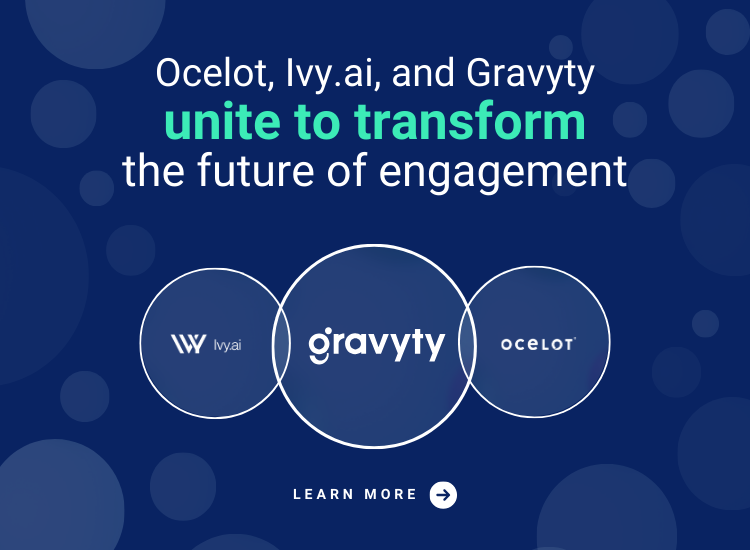Conveying the importance of a new expense to the folks who hold the purse strings can be a tough task. To get the attention of your upper management, keep the large-scale goals of your institution at the core of the proposal.
When you’re trying to illuminate a need within your office, do so in light of how it ties into those high-level institutional goals and draw clear connections between spending and your unit’s role in helping the school achieve its objectives. Effectively demonstrating these connections in a black-and-white manner using the concept of Return on Investment (ROI) converts what you know into something your leadership can understand, embrace, and justify to their counterparts.
To begin, set aside your specific expenditure, and imagine yourself in the shoes of a President, Chancellor, or Dean. You’ve got many students to serve and a limited amount of money with which to do it; good ROI is the ultimate justification. While each institution is different, there are conversations happening at campuses across the nation about many of the same topics, and below are a few of the most common ways to illustrate the potential for return on your investment.
Persistence & Retention: A focus on keeping students in the crucial first-to-second year transition, and on continued re-enrollment are popular topics around meeting tables these days. Can you show how granting the request will help you keep students engaged? Could it help the school identify and address “at risk” students?
Progression: Are your leaders seeking to increase the pace with which students move from admission through completion, or the percentage of students who do so? It’s not just about keeping students around, but making sure they move toward completion. Maybe time spent serving students comes into play; if your office is better able to meet student needs in one area, have you freed up essential resources in another?
Underserved Groups: Colleges nationwide are evaluating their success in supporting students’ distinct needs. Are there other offices or resources in your institution that would also benefit from what you’re asking for? Would it allow you to support the work of others on campus who share some of your mission?
Sharing Resources: With institutions weighing the cost of staff time and administrative burden against shrinking funding, can you make an argument that this request covers multiple areas, goals, or purposes? The more ground you can cover with these funds, the more successful you’re likely to be. Are there other stakeholders in your institution who might be interested in partnering to share resources, time, or the execution of a new plan?
Outline and clearly demonstrate the ways in which your objective helps the institution meet these high-level goals, and you’ll have built your decision makers’ justification for them.








